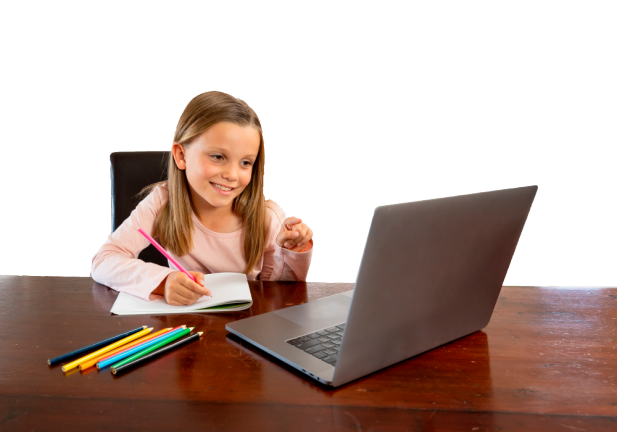Meet the kids and parents who prefer remote learning
5. Go easy on your kids, their teachers, and yourself

By Hanna Wickes
A chorus of voices says remote learning is hurting schoolchildren. “For many students,” says the Centers for Disease Control, in what has become the conventional wisdom, “long breaks from in-person education are harmful to student learning.”
But it’s easy to forget that the traditional classroom was never a perfect place for learning, either. Before the COVID-19 pandemic upended everyone’s life, parents and students fretted about bullies, standardized tests, heavy workloads, rigid schedules, and early morning start-times. While remote learning has certainly not worked out for everyone, some local parents and students say it has lifted many of the burdens that come with a bricks-and-mortar education.
Abel Soares, who will be a junior at Wallkill Valley High School in Hamburg, N.J., this fall, says remote learning helped him create a greater sense of responsibility for his classwork.
“I most definitely preferred it,” he said. “I feel as though I was able to learn at my own pace, and it wasn’t as much pressure.
“It was mainly the ability to learn individually. So much good comes out of going your own pace and teaching yourself some things. There are no kids bothering you, less distractions, and more responsibility.”
There were some snags, he said. Teachers had to scramble to make their lessons online-friendly. They didn’t always make their assignments and deadlines clear. “Not every teacher was as experienced with technology as others,” Abel said. “When you’re new to something, it’s easier to make mistakes.”
But by the end of June, Abel said that he, his classmates, and his teachers had grown so accustomed to online class that the workload felt lighter. “The workload was about the same, but because I could go my own pace, it felt like a lighter load,” he said.
Abel says his fellow classmates’ opinions on distance learning varied. “Some kids worked well with it. Some didn’t,” he said. “I think that contributed to them liking going into school and socializing and getting that face-to-face learning.”
Abel will be returning to school every other day on Sept. 3, and remote learning on alternating days.
Maya McDonnell, who is going into her senior year at Monroe-Woodbury High School in Monroe, N.Y., liked being able to direct her own learning. “I’m not the kind of student that can watch an instructor to learn, so I liked this,” she said. “I feel like I learned more.”
Shortly before the pandemic, Monroe-Woodbury had implemented Google Classroom, which makes online assignments more convenient. “I had notifications of posts about assignments every day,” Maya said.
It was easy for those notifications to pile up, however. “I know a lot of students who messed up their sleep schedules because they would stay up all night doing assignments,” she said.
But Maya enjoyed being able to do assignments on her own time. “I could do whatever I wanted during the day and then work on homework later in the day,” she said.
Although Maya prefers to work remotely, she admits to missing out on a lot. “I’m a senior this year, so I’m probably not going to have a senior week or homecoming, so that’s really sad for me and the rest of the seniors.”
Monroe-Woodbury students will be remote-learning for two weeks at the start of the semester, before alternating days of remote and in-classroom learning.
Meredith Reilly, the director of the Headstart preschool in Newton, N.J., and a mother of two students who attend Sussex County schools, has opted to have both of her children continue remote learning exclusively for the upcoming school year. “It’s a decision mostly driven by convenience at having the children at home and not worrying about two different school schedules,” she said.
Reilly says that both of her children, one a sixth-grader at Sussex County Charter School for Technology and the other a fourth-grader at Stillwater Elementary School, also preferred distance learning. The decision was based on their positive experience with it, starting back in March. “We would not have chosen this had they not done well,” she said.
Not only did Reilly’s children excel at distance learning, they were able to spend more time together as a family. “We were able to do more activities together -- go hiking, play board games -- things that kids don’t usually have time for at this age,” she said.
Missing the social interactions that kids normally get at school doesn’t concern Reilly either. She’s seen first-hand the actual interactions in elementary schools.
“My mind was blown within the lunchroom,” she said. “Teachers and monitors yell at kids constantly to be quiet and just eat their lunch. It’s very disheartening. So they get 20 minutes of recess normally at school, and that’s their only socialization time. What are they really missing?”
As director of Headstart, Reilly understands the importance of unstructured playtime for children.
“The opportunity to be a little bit bored, and then have to be creative, is much more beneficial to a child then being told what to do for an entire day at school,” she said.
Check out your school districts website for more information on options of remote learning.